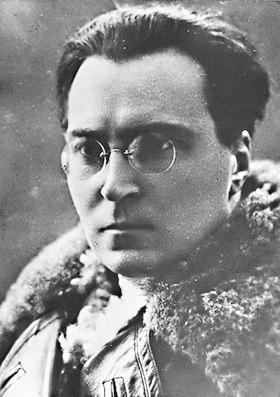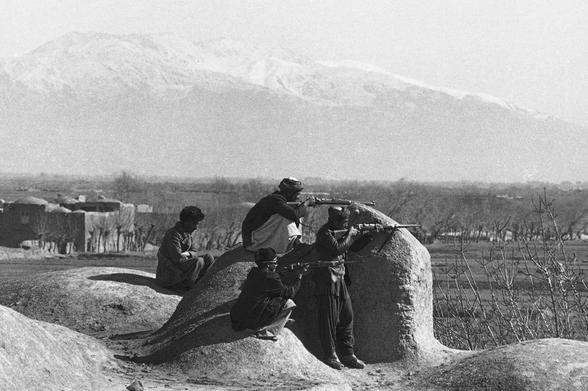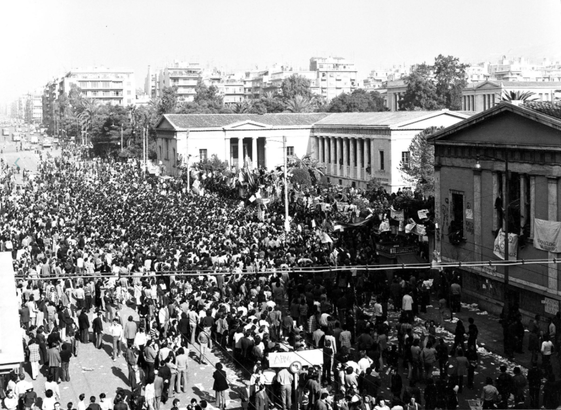“Energy is liberated matter, matter is energy waiting to happen”*…
We’ve certainly come a long way since the ancient Greek atomists speculated about the nature of material substance, 2,500 years ago. But for much of this time we’ve held to the conviction that matter is a fundamental part of our physical universe. We’ve been convinced that it is matter that has energy. And, although matter may be reducible to microscopic constituents, for a long time we believed that these would still be recognizable as matter—they would still possess the primary quality of mass.
Modern physics teaches us something rather different, and deeply counter-intuitive. As we worked our way ever inward—matter into atoms, atoms into sub-atomic particles, sub-atomic particles into quantum fields and forces—we lost sight of matter completely. Matter lost its tangibility. It lost its primacy as mass became a secondary quality, the result of interactions between intangible quantum fields. What we recognize as mass is a behavior of these quantum fields; it is not a property that belongs or is necessarily intrinsic to them.
Despite the fact that our physical world is filled with hard and heavy things, it is instead the energy of quantum fields that reigns supreme. Mass becomes simply a physical manifestation of that energy, rather than the other way around…
Modern physics has taught us that mass is not an intrinsic property: “Physics Has Demoted Mass.”
* Bill Bryson, A Short History of Nearly Everything
###
As we watch all that is solid melt into air, we might spare a jaundiced thought for Trofim Denisovich Lysenko; he died on this date in 1976. A Soviet biologist and agronomist, he believed the Mendelian theory of heredity to be wrong, and developed his own, allowing for “soft inheritance”– the heretability of learned behavior. (He believed that in one generation of a hybridized crop, the desired individual could be selected and mated again and continue to produce the same desired product, without worrying about separation/segregation in future breeds.–he assumed that after a lifetime of developing (acquiring) the best set of traits to survive, those must be passed down to the next generation.)
In many way Lysenko’s theories recall Lamarck’s “organic evolution” and its concept of “soft evolution” (the passage of learned traits), though Lysenko denied any connection. He followed I. V. Michurin’s fanciful idea that plants could be forced to adapt to any environmental conditions, for example converting summer wheat to winter wheat by storing the seeds in ice. With Stalin’s support for two decades, he actively obstructed the course of Soviet biology and caused the imprisonment and death of many of the country’s eminent biologists who disagreed with him.
Interestingly, some current research suggests that heritable learning– or a semblance of it– may in fact be happening, by virtue of epigenetics… though nothing vaguely resembling Lysenko’s theory.
source
#biology #genetics #history #lamarck #lysenko #mass #matter #physics #science #soviet
![Survivors of a Sonderkommando 1005 unit stand next to a mill used to crush bones at the Janowska concentration camp following its liberation in 1944. By Jewish prisoners forced to work for a Sonderkommando 1005 unit pose next to a bone crushing machine in the Janowska concentration camp ushmm.org [1], Public Domain, https://commons.wikimedia.org/w/index.php?curid=76080171](https://files.mastodon.social/cache/media_attachments/files/115/577/627/242/267/606/small/6630fa6267cc5547.jpg)








